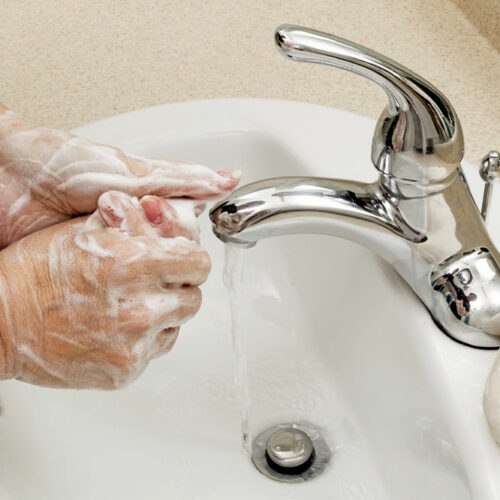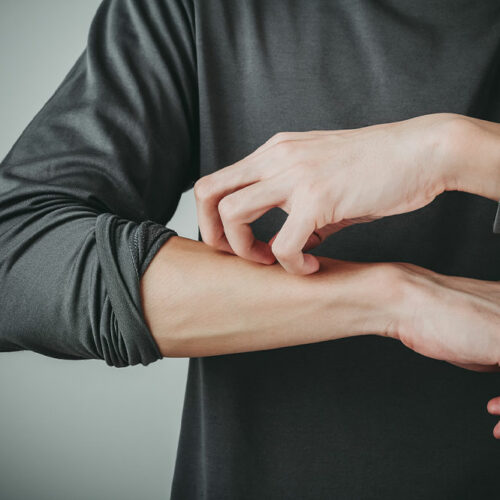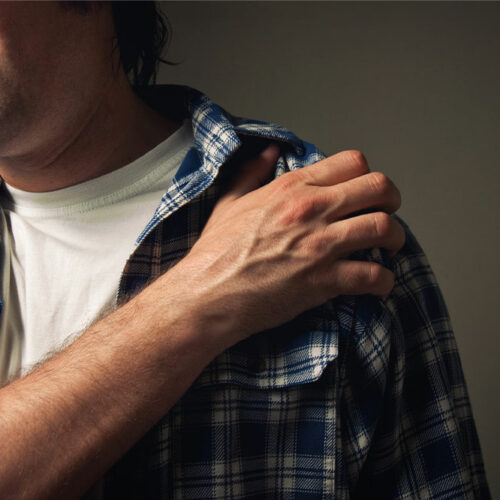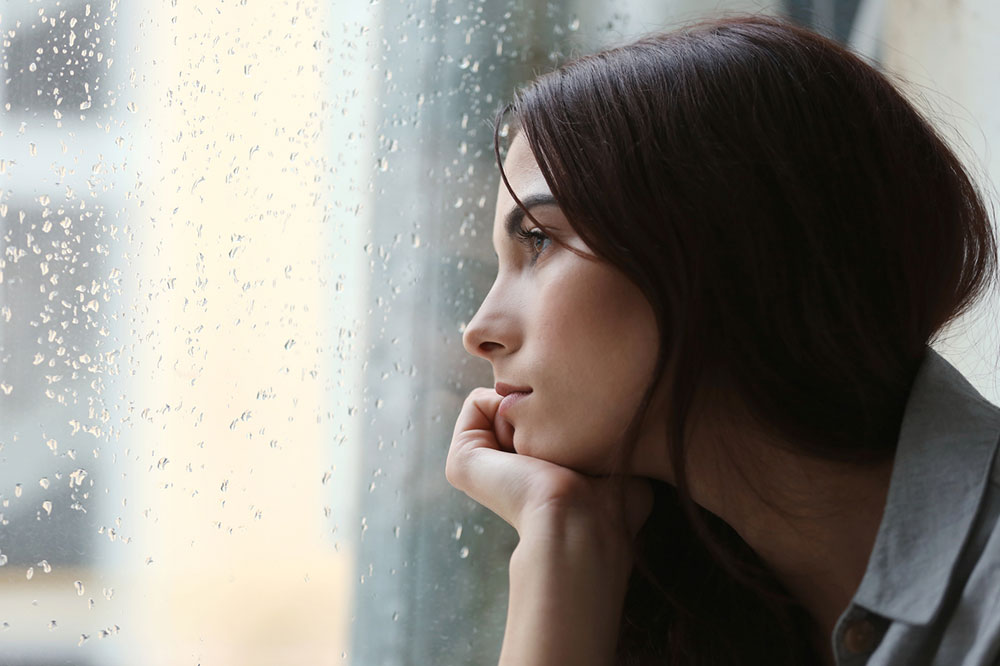Top 7 household products that may cause skin rashes

Many general-use items and household products can have side effects, especially for those with sensitive skin. These side effects may show up in the form of red, swollen, itchy rashes, also known as contact dermatitis. Patches of leathery skin, which may appear purple, brown, or gray are some signs of contact dermatitis. Knowing the common irritants around the house and ways to avoid them can help one avoid skin rashes. Soap Soap is one of the most common skin irritants. While washing hands helps keep germs away, washing them obsessively can strip the skin of natural oils and moisture. Those who are keen on washing their hands repeatedly may consider replacing household soaps with mild hydrating cleansers that can help them clean their hands effectively while being delicate on their skin. Household cleansers Household cleansers are also made up of harsh chemicals, which can irritate the skin. While these are extremely effective in cleaning up messes around the house, they may cause severe rashes. To prevent these, wear cleaning gloves, especially when using products like dish detergents, laundry detergents, furniture polish, drain cleaners, and toilet disinfectants. Products made of latex Latex is a natural rubber that is found in daily household items such as gloves, elastic waistbands, and even bra straps.






